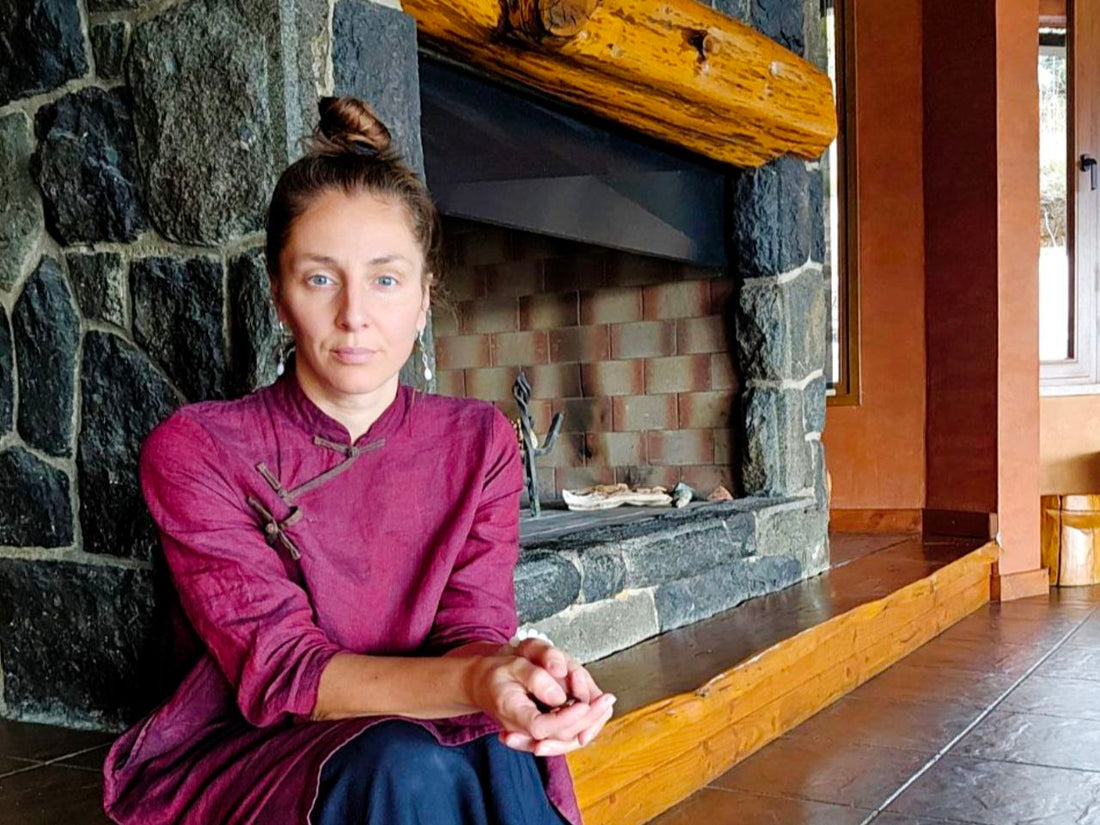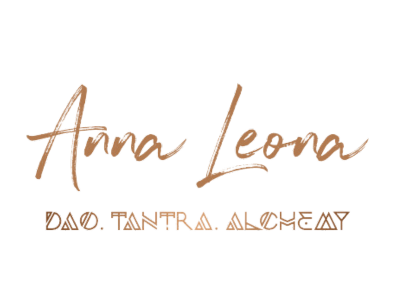
What is the difference between Gongfu and Kungfu?
In literature, the terms kungfu and gongfu are often used interchangeably, meaning the writers make no conceptual distinction between them. And yet, it's precisely this distinction that determines how far someone can go in internal practices.
So, understanding this difference will be especially meaningful for those who are genuinely interested—or better yet, already have some experience in practice.
The shared conceptual base between kungfu and gongfu is the art of mastering specific skills. This means there is something a person seeks to understand and embody, and they realize it through their training.
Here we come to the core question: What do we pay attention to during training/ practice? Most often, it’s movements, sequences of movement, body positioning—in other words, the external form. The result is determined by what we perceive with our eyes. The outer form becomes the model people strive for. We might stuck for years repeating movements on the physical level.
Here’s another important observation: the presence of attention during movements. Yes, it's there—but it rarely goes deeper than the physical form.
Also, very often, the movements are fast. Now imagine that during a single movement, there are multiple attention points: how the feet are grounded, whether the crown and neck are stretched, the position of the lower back and waist, the connection between abdomen, chest, and head, connections between legs and abdomen, arms and chest. On top of that, we create effort in movement—there’s intensity, direction, and form.
The ability first to register all these points (which also vary with each movement), then with the practice to focus on them, and then even to go deeper—that is what distinguishes the inner art of cultivation from external expression.
And here we arrive at gongfu: the art of working with internal processes.
What does that mean? It means becoming able to feel and experience what’s happening inside the body, and learning how to interact with it. The example with the points of attention mentioned above shows that even in a simple movements there are a lot of intricate details of inner work.
The challenge is that this inner work of consciousness can’t be seen with the eyes, and no amount of explanation will really help. It’s a deeply personal process that demands real effort. The result also won’t be visible to others, but we will feel it ourselves. It’s our inner truth, cultivated and nurtured through our own efforts. No magic wand can do it for us.
It’s the strength of our own awareness and a tuned-in body that allow us to enter the depths of our own being.
Traditionally, a student would spend no less than ten years in the teacher’s field. Through repetition, attentiveness, and perseverance, the student could absorb the teacher’s non-verbal knowledge of inner efforts. Truth was never shouted aloud—it was passed on quietly, through direct experience.
Gongfu as a process of inner cultivation that allows us to grasp the true meaning of our existence—because it is the real foundation of inner transformation.
